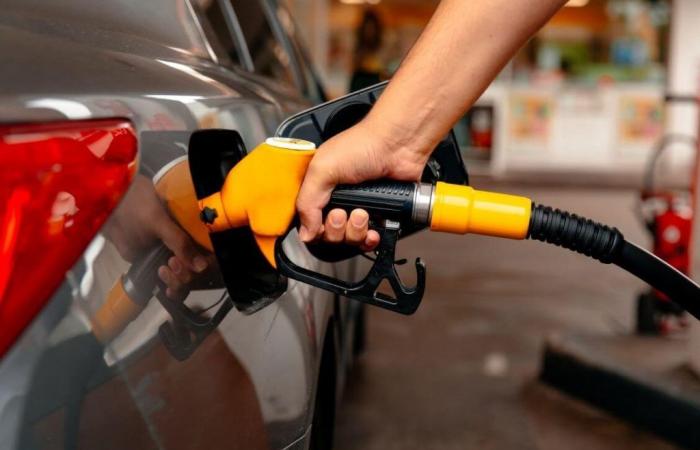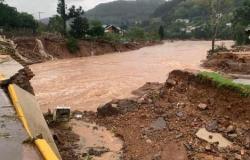It is common practice for anyone to fill up their vehicle’s tank and, with this practice, there are some precautions that must be taken that not everyone takes. This lack of attention can lead to many risks, so you must be very careful and not make this mistake again, if you have already made it.
Most fuel nozzles on gas pumps have an automatic closure to prevent overfilling. However, it is possible to get around it and add more fuel to the point of also filling the neck, which is commonly called “filling it to the brim”. This attitude is not recommended by manufacturers.
This can cause fuel to overflow from the tank when turning, which is not only wasteful, but depending on the location of the tank in the vehicle, fuel can spill into the car’s hot exhaust and cause a fire. , especially if it runs on gasoline. Diesel vehicles are safer in this regard, as this fuel is much less likely to ignite due to high temperatures. In other words, you can throw a lit match into a puddle of diesel and it will simply go out.
There are many reasons why car manufacturers don’t want you to fill a car’s tank more than recommended., especially if it runs on gasoline. The fuel system has valves that serve to control the pressure caused by the accumulation of gasoline vapors. However, if you fill the tank more than it should, these can become blocked, which can cause damage.
These valves are also designed to prevent a vacuum from forming in the fuel system as this can also cause the vapor recovery system to fail, which in turn will result in a check engine light appearing on the engine. instrument panel, which may even cause the engine to stop while driving. Overfilling can also damage the charcoal canister (also known as the EVAP canister), whose function is to capture vapors, purge the system and help keep emissions within recommended limits.
Also, the evaporative emissions system, if it malfunctions, can cause fuel vapors to travel through the system and even reach the vehicle’s exhaust system. This will affect emissions (to the point where your vehicle may fail a technical inspection), as well as impair fuel efficiency. Furthermore, it can even cause damage to the catalytic converter (which will further affect emissions).
If you drive a vehicle with a large fuel tank, which you have just filled, and then take a trip down a spiral road, you will certainly still notice the effect of all the fuel spreading around the tank. The more liquid there is, the greater the inertia of the fuel. If there is a sudden spill, you may feel it in the form of light knocks coming from the rear of the vehicle, according to Leak.
On some vehicles, the tank is located behind the rear axle. If it’s full, its extra weight, combined with the aforementioned spillage, can act like a pendulum. In some cases (usually caused by low grip conditions), the pendulum effect can be so severe that it can result in the rear tires losing grip and potentially causing the vehicle to leave the road.
Given all these possible outcomes, you can fill your tank more carefully next time.
Read also: These walkways are in the Algarve and promise stunning views for hiking lovers






